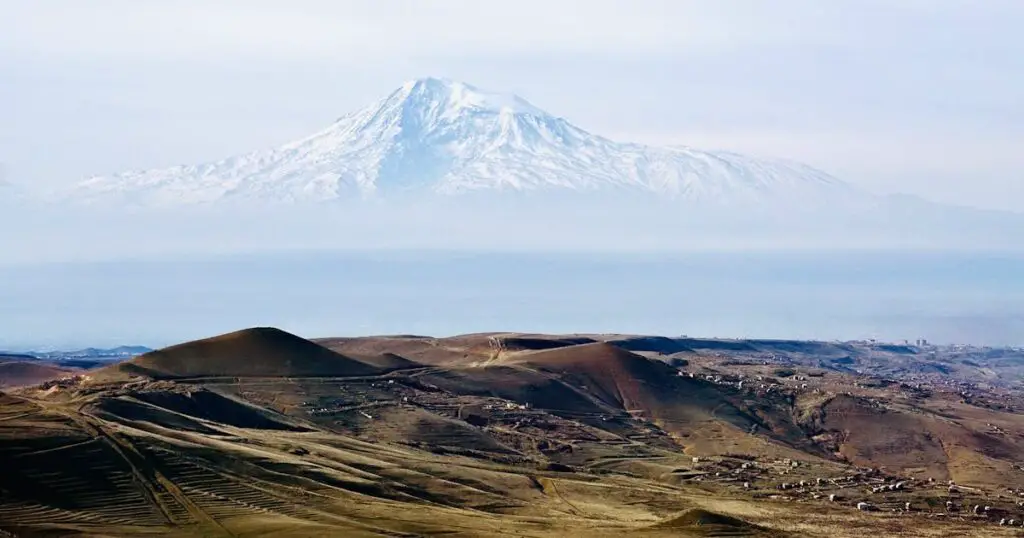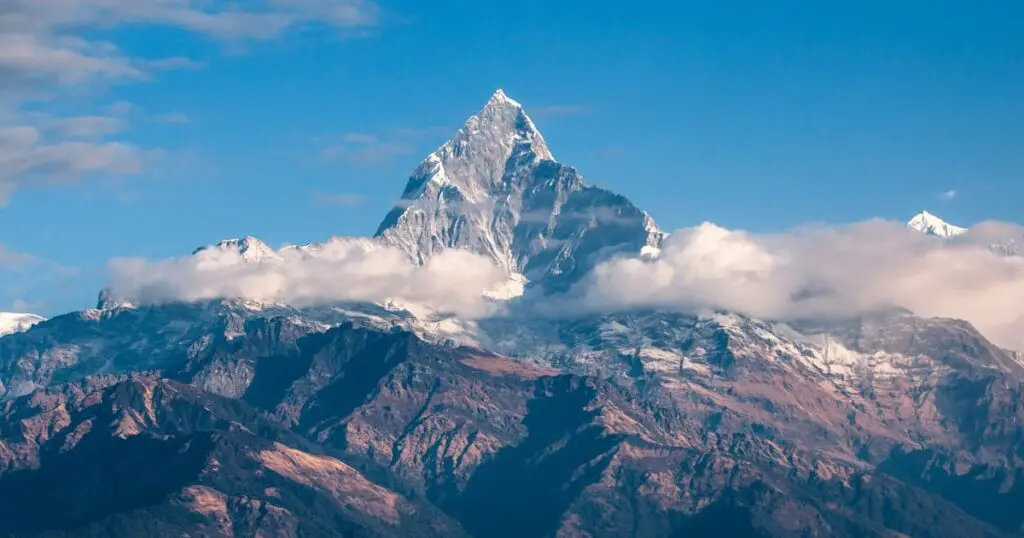Key takeaway: To draw mountain landscapes, start with a horizon line. Sketch the outline of mountain ranges with varied peaks. Add layers for depth, shade slopes to indicate light source and detail textures like rocks or trees. Use lighter strokes for distant mountains to create atmospheric perspective.

Welcome to our guide on how to create beautiful mountain landscapes! Whether you are a local resident looking for a new hobby, a cultural enthusiast wanting to explore the beauty of nature or just someone who wants to relax and unwind through art, this guide is perfect for you.
Drawing mountain landscapes can be both therapeutic and challenging, but with the right techniques and tips, anyone can create stunning artwork.
In this article, we will discuss the step-by-step process of drawing mountain landscapes. We will cover everything from determining the horizon line to adding textures and sketching in graphite. So grab your pencils and let’s get started!
Determine the Horizon Line
The first step in creating a mountain landscape is to determine the horizon line. This refers to the line where the sky meets the ground or water in your artwork. The placement of the horizon line will greatly affect the overall composition and perspective of your drawing.
To determine the horizon line, start by envisioning where you want your mountains to be placed on your paper. Once you have a general idea, draw a horizontal line across the page using a light pencil. This will serve as your guide as you continue with the rest of your drawing.
Divide Each Peak into Two Major Plains
Next, divide each peak of your mountains into two major plains – one for the front-facing slope and one for the side-facing slope. This division helps create depth and dimension in your mountain range.
Start by drawing a diagonal line from the top of each peak down to the horizon line. Then, draw a horizontal line from the bottom of the diagonal line towards the other side. This will create two sections on each peak, representing the front and side slopes.
Determine Distance and Textures
Once you have your basic mountain shape, it’s time to add more details such as distance and textures. To create depth in your landscape, draw distant mountains using lighter and less defined lines. You can also add trees or forests in between mountains to enhance the sense of distance.

To add texture, use different pencil strokes such as cross-hatching or stippling to represent rocks, snow, or other elements found in mountain landscapes.
Sketch in Graphite
Now that you have the basic structure and details of your mountains, it’s time to sketch in graphite. Start by lightly shading in the different sections of your mountains using a variety of pencils (2H, HB, 2B). This will create depth and add dimension to your drawing.
Remember to use a light hand when shading and gradually build up layers until you achieve the desired texture and contrast. You can also use an eraser to highlight certain areas or create highlights on rocks or snow.
Frequently Asked Questions: How To Draw Mountain Landscapes
What materials do I need for drawing mountain landscapes?
You will need paper, pencils (ranging from 2H to 6B), an eraser, and a pencil sharpener.
Can I add more elements to my landscape, such as a lake or river?
Absolutely! Feel free to add any elements that you think will enhance your artwork.
How can I make my mountains look more realistic?
Pay attention to details such as lighting and shadows, and use different pencil strokes to create textures.
Do I need to be an experienced artist to draw mountain landscapes?
Not at all! This guide is suitable for beginners and experienced artists alike.
Conclusion
Drawing mountain landscapes may seem intimidating at first, but with the right techniques and practice, anyone can create stunning artwork.
Remember to take your time and pay attention to details in order to achieve the desired result. We hope this guide has inspired you to explore the beauty of nature through art.



Leave a Comment
You must be logged in to post a comment.